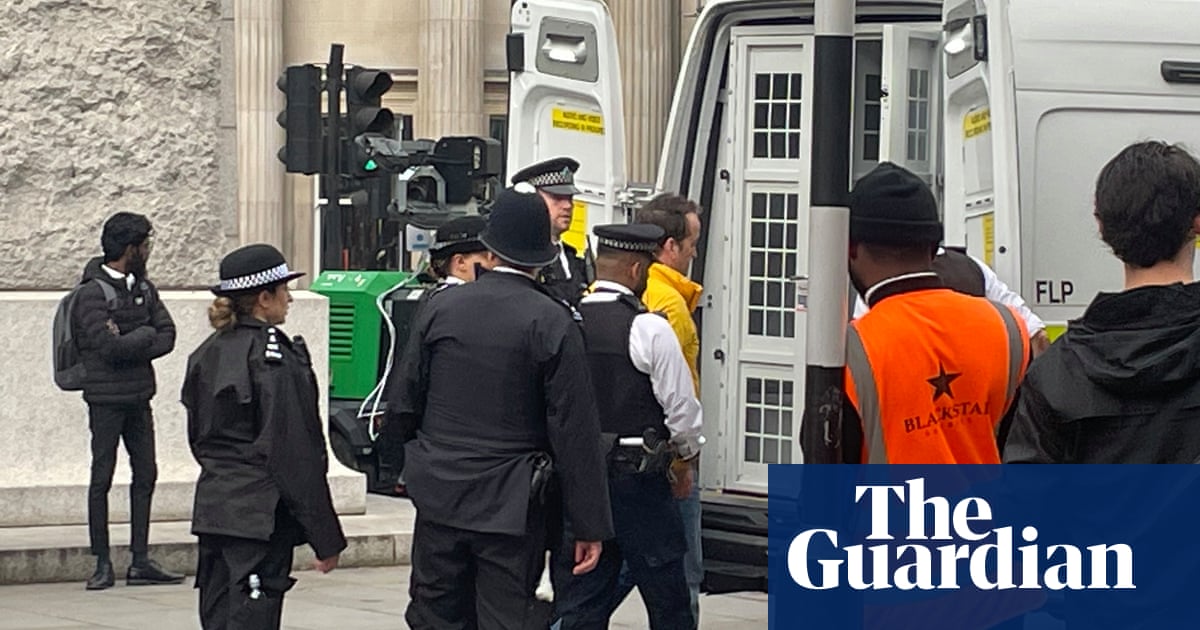A Māori tribe in New Zealand is calling for the return of treasured relics listed for sale by the auction house Sotheby’s.
The auctioneer is in the process of selling a number of Māori artefacts from around the 18th and 19th century – some of which local tribes say are crucial cultural taonga (treasures) and should be returned.
Ngārimu Blair, deputy chair for Ngāti Whātua Ōrākei people, said the tribe had only a handful of significant artefacts left, after most were lost in successive waves of looting by early “treasure hunters”, urbanisation and displacement.
“We have so very few of these taonga and treasures left in our possession,” he said. “When something like this comes up where we’re both excited, but also that sorrowful that we lost so much.”
The Sotheby’s auctions, which close in a week, include a carved pounamu (greenstone) club, or “mere”. It was originally given by Ngāti Whātua chief Pāora Tūhaere to a British vice-admiral in 1886, on condition it remained in the man’s family, according to a newspaper report at the time. As the mere has now passed out of the family’s hands it should be returned, Blair said, and the tribe hoped a future buyer would consider repatriating it.
“We hope those involved in this auction understand Tūhaere’s people are not extinct nor relics, and we are inextricably linked still to this taonga,” he said.
The auction comes as international museums, governments and private collectors wrestle with the question of ownership of Indigenous artefacts – particularly those obtained through colonisation, looting or war.
The British Museum confirmed last week that, for the first time, it is involved in “constructive discussions” with Greece over the return of some of the Parthenon marbles after they were seized from the Parthenon by Lord Elgin, a British diplomat.
In November 2022, an American man chose to repatriate a collection of antiquities after realising they were likely illicitly obtained. “It seemed like the right thing to do,” he said. In Australia, two rare aboriginal artworks auctioned by Sotheby’s were repatriated after the Victorian government contributed $500,000 to their purchase.
Charlotte Davy, head of art at New Zealand national museum Te Papa, said there had been an international shift in how people viewed the ownership of artefacts obtained during colonial times, with campaigns for the return of cultural treasures including the Benin bronzes to Nigeria and Parthenon marbles.
“People simply don’t accept that the wrongs that happened in the past can be kept in the past,” she said. “It isn’t just about ownership in the legal sense of transfer title – there’s a wider responsibility … When you know the provenance, when you know the iwi [tribe] that it comes from, it is no longer acceptable just to ignore it.”
Sotheby’s has sold a number of high-value Māori artefacts, including some of unknown provenance. In 2019, an Arawa tekoteko carving sold for US$740,000 (£608,000). The auction description noted that it was “a major Māori sculpture” but said it had “no remaining trace of its original provenance”. In 2014, the sale of a carving valued at NZ$3.1m caused controversy in New Zealand, with academics and tribal authorities calling for the government to work for its return.
Within New Zealand, the trade of pre-1980 Māori cultural treasures is now government-regulated, and they cannot be exported or sold without special registration or permissions – but those laws do not apply to overseas jurisdictions.
A spokesperson for Sotheby’s said the auction house “upholds the highest standards of the market, and recognises the significant responsibility to conduct its business in a responsible and ethical manner in accordance with all global laws and regulations.”
Other New Zealand artefacts being sold by Sotheby’s this week include a Tewhatewha staff, and the remains of extremely rare New Zealand birds – the leg bones of the now-extinct four-metre (12ft) tall moa, and a brooch made from the beak of a huia, a wattlebird believed to be extinct since 1907.

 1 year ago
87
1 year ago
87










 English (US)
English (US)